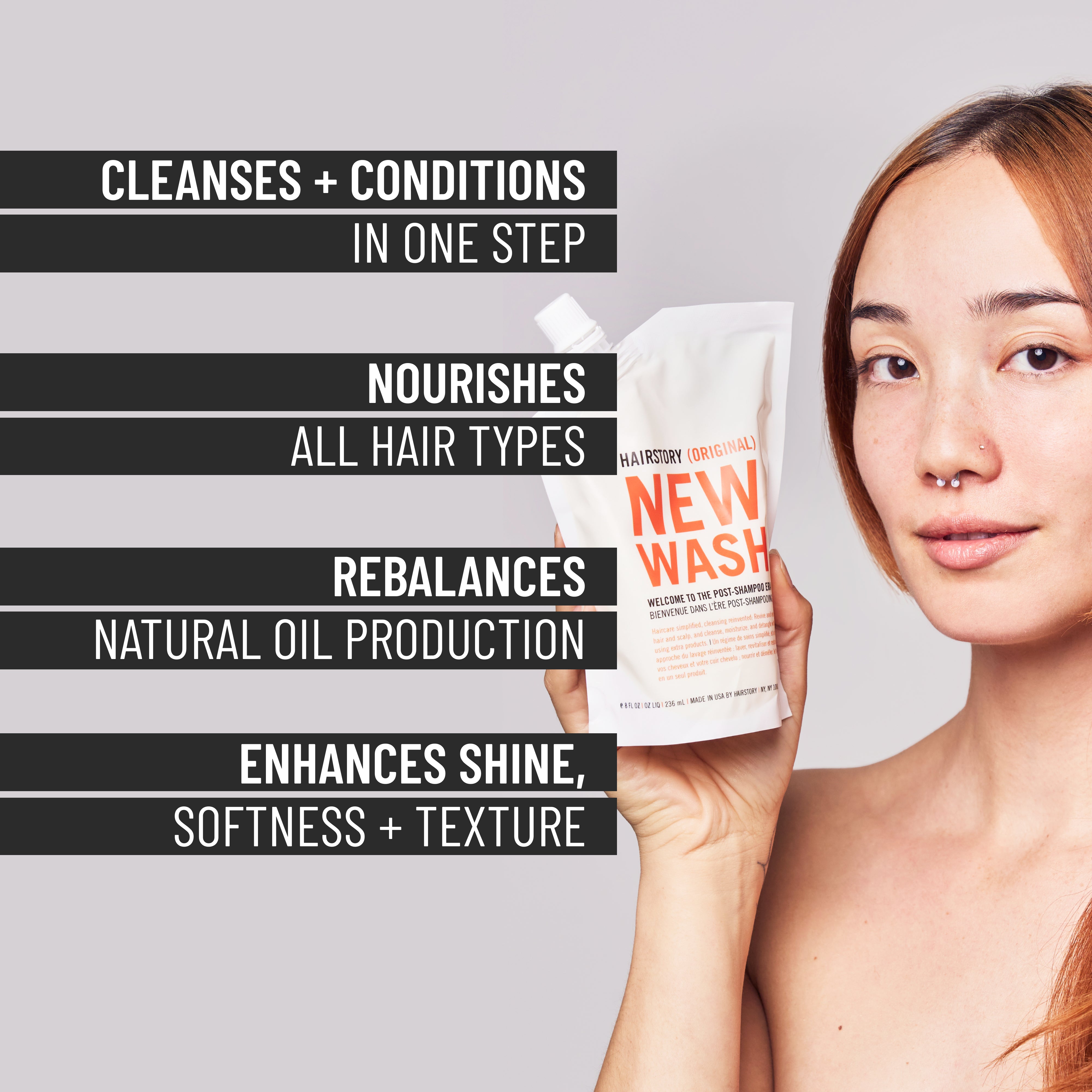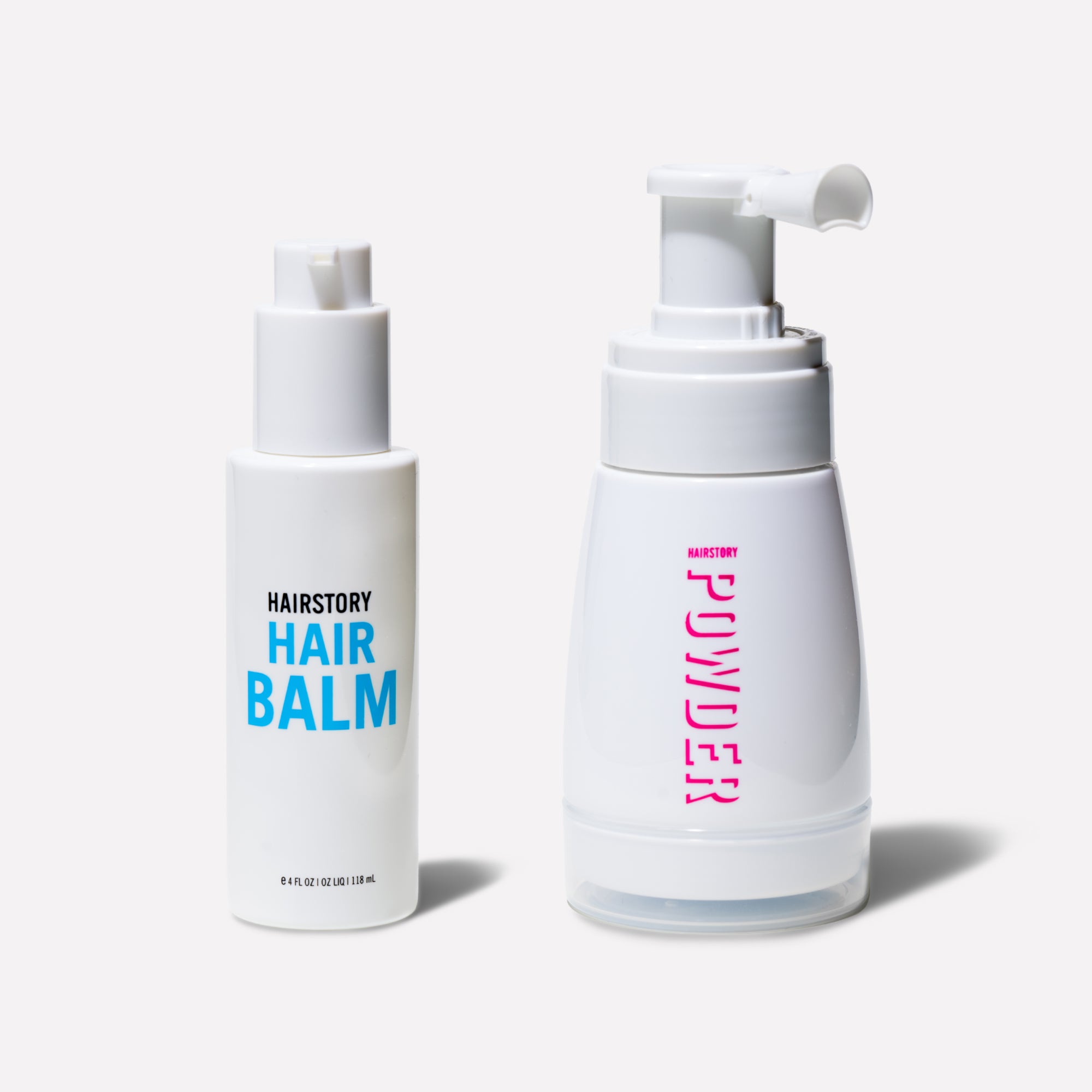“Wanting to be someone else is a waste of the person you are.”
– Kurt Cobain
Hair is among the top three features – with height and weight – used when describing others, and one of the most often remembered after meeting. The role that hair has played in self-image extends to ancient history. Greeks and Romans wore elaborate wigs as signs of status and wealth. Dressed hair was associated with royalty. Cleopatra was famous for it. So was Samson. For centuries, upper-class men and women wore white, curly wigs. Political figures and judges adorned them as signs of wisdom and sophistication.
Hair frames the face, our first impression. We’re obsessed with it. It may be our most observed and manipulated body part with shampoo, conditioner, haircuts, color, perms, treatments, extensions, eyebrow makeup, plucking, mascara, lash extensions, facial hair trimmers, nose and ear trimmers, body waxing or shaving, baldness drugs, hairpieces, transplants… it’s exhaustive – and exhausting.
With all that attention on the stuff sprouting from our bodies, it’s no wonder it is the hardest part of ourselves to accept as nature made it. But more and more people are doing just that, whether celebrating curl, allowing graying, cutting back on bleach or dialing down the heat tools. What is their secret? They manage to win the internal battle against self-acceptance.
You don’t look like everyone else, so stop trying to.
Our brains evolved with the primary goal of keeping us safe. In prehistoric times, this meant keeping with the pack. So we naturally tried to fit in, and this meant comparing ourselves to others and adapting our behavior accordingly.
We live in a culture that thrives on making over and reinventing ourselves. That isn’t a bad thing necessarily, but the stress of never measuring up to an imagined standard can be. It doesn’t matter who you are or how old you are, it’s easy to get sucked into wanting what someone else has. All it does is rob you of the ability to appreciate what you do have.
More and more people are celebrating curl, allowing graying, cutting back on bleach or dialing down the heat tools. What is their secret? They manage to win the internal battle against self-acceptance.
When you accept yourself, you stop comparing yourself to other people. If you’re trying to lose weight, you stop comparing yourself to someone who is skinnier. If you’ve just joined a gym, you stop comparing yourself to someone with well-worked muscles. Comparing only makes you feel bad about yourself by contrast.
Conversely, don’t expect to feel better comparing yourself to someone less fortunate than you are. That serves only to prop up your own superior ego. Of course, it can also make you feel grateful for what you do have.
Hairwise, if you’re searching social media and YouTube for inspiration, start following people with your hair texture or very close to it. Stop obsessing over people who possess what you never will. Bonus: When you more fully accept yourself and your difference, it will come more naturally for others in your life to accept you.
Take care of it.
It may look good, but is it in good health? If you hate your hair, chances are you’ve been neglecting or ignoring it to prove your point. Many people, especially those blessed with curls (it’s about perspective, right?) don’t know how to manage their hair and, grow unhappy with it after fighting their texture in ways that cause a lot of damage.
Work with a compassionate hairdresser whose job it is to help you understand your hair... Anyone can have amazing hair by giving it the right kind of attention.
Work with a compassionate hairdresser whose job it is to help you understand your hair, recommend the right products, give a proper cut, and teach you to style it successfully. Anyone can have amazing hair by giving it the right kind of attention.
Do the math.
Be honest: How much time do you spend straightening/curling/volumizing/flattening your hair? And how often do you check yourself in any available reflective surface to make sure it’s behaving? Then, ask yourself how often you say you don’t have time to exercise/meditate/cook/read? The choice is yours.
Forgive the critics.
Given how the human psyche operates, It’s almost impossible not to parent ourselves in the ways we were parented (or not parented). If our parents were unable, or unwilling, to accept us despite our hard-to-control, unpredictable, contrary behaviors, we were primed not to accept ourselves.
So, forgive your mother for not teaching you how to love your hair or how to care for it. Forgive your father for imposing his narrow ideals of femininity. And while you’re at it, forgive that guy who cheated on you with that blonde chick. Forgive that boss who thought your curls weren’t professional. Forgive yourself for hiding.
And if you are a parent, provide an oasis in a world that doesn’t teach us how to value who we are. Get lessons about self-acceptance into kids’ heads as early as possible.
Show your true colors.
At the first sign of gray, a woman might color every four months. Then every two months. Then every month. Then – the deal breaker – every two weeks. Or, a woman who has had all the fun blondes can have might be weary of caring for such fragile fibers. Are you yearning to return to – or rediscover – your natural hue? Consider these transitional techniques.
Consider a “reverse-lighting” technique, in which the colorist blends your base color between highlights, so you can return to your natural tint slowly.
Wait until you have about two inches of visible roots, then ask your colorist to hand-paint highlights to allow your natural roots to fade seamlessly into your colored ends. You can continue to completely grow out your hair without touch-ups, as this technique is an extremely low maintenance option.
Without waiting for your current color to grow out, simply dye it, or fake it ‘til you make it. As the color grows out, it’ll be replaced by growth that matches.
Nobody is perfect.
Remember Beauty and the Beast? Beauty’s journey is to learn to see the beauty in the Beast. In the pursuit of self-acceptance, we might want to take a certain pride in our imperfections and embrace all facets of ourselves, not just the positive parts. When we stop judging ourselves we develop a more positive sense of who we are.
“To accept ourselves as we are means to value our imperfections as much as our perfections.” – Sandra Bieri
Sentence the judge.
Challenge yourself about your judgmental nature, the most significant factor in negative self-esteem. If you judge others, you assume that others are judging you. If you’re a harsh a judge, you expect others to be harsh as well.
Try this: Count how often (and observe how harshly) you judge someone in the course of a day. “What was she thinking with that dress? I hope she didn’t pay for that haircolor. Where did he learn how to drive?” You might be surprised how uncharitable you are.
Then, try interjecting a kinder, more accepting perspective instead. “She obviously loves that dress and that’s what counts. She might not be able to afford a colorist. As long as he doesn’t hurt anyone he’s driving the best he can.” When you become kinder to others you might be kinder to yourself.
Cultivate your ‘Sunset Mind.’
Instead of a critical mind, develop what is called a sunset mind. Imagine you’re watching the sun go down. It’s unlikely that you say, “Ooh, that pink is much too bright,” or, “If only that cloud were a tad to the left.” You’re more likely to say, “Wow, that’s beautiful!”
Imagine you’re watching the sun go down. It’s unlikely that you say, “Ooh, that pink is much too bright,” or, “If only that cloud were a tad to the left.”
When you no longer struggle against who and what you are, it will be so much easier to make whatever changes you want to make, because you’ll be starting from a more positive, clear-minded place. The key to self-acceptance is to find what you do like about yourself and run with that.
“The hardest challenge is to be yourself in a world where everyone is trying to make you be somebody else.” – E.E. Cummings

















































